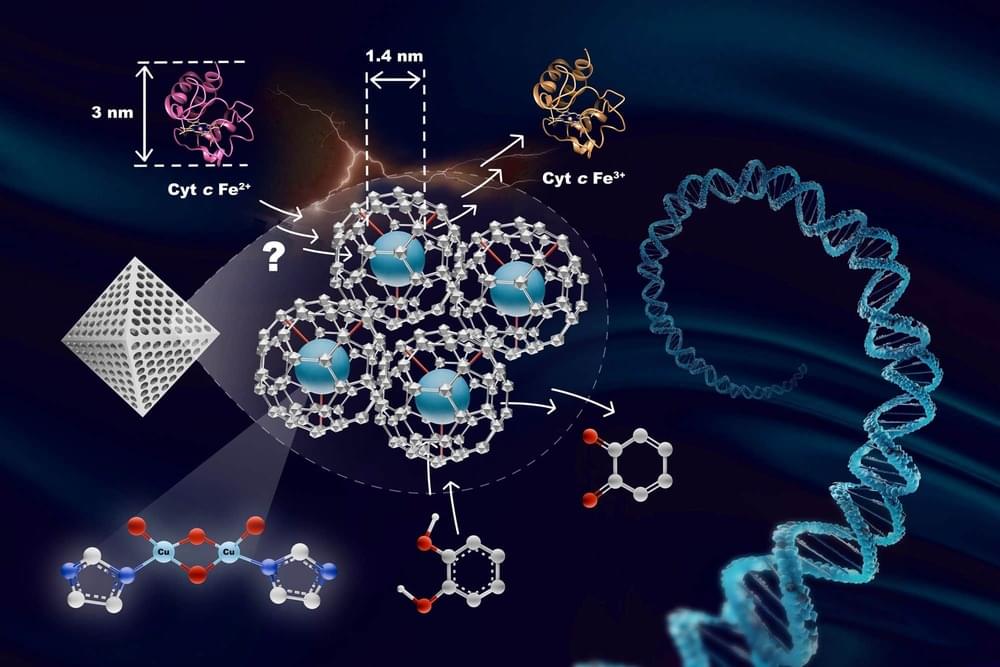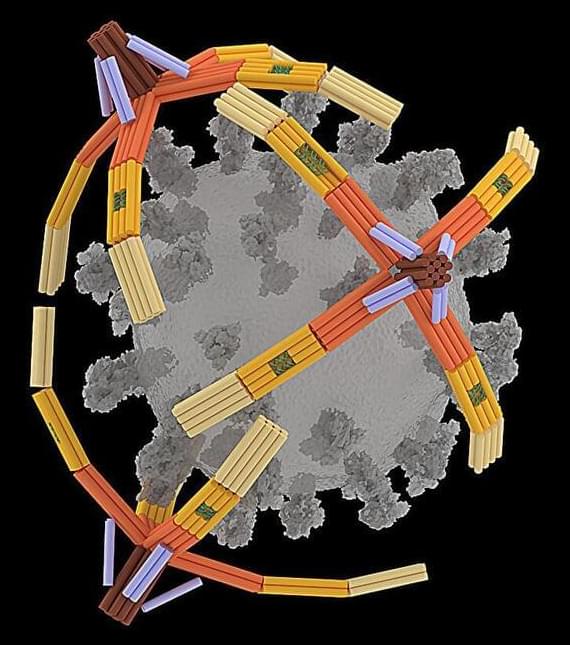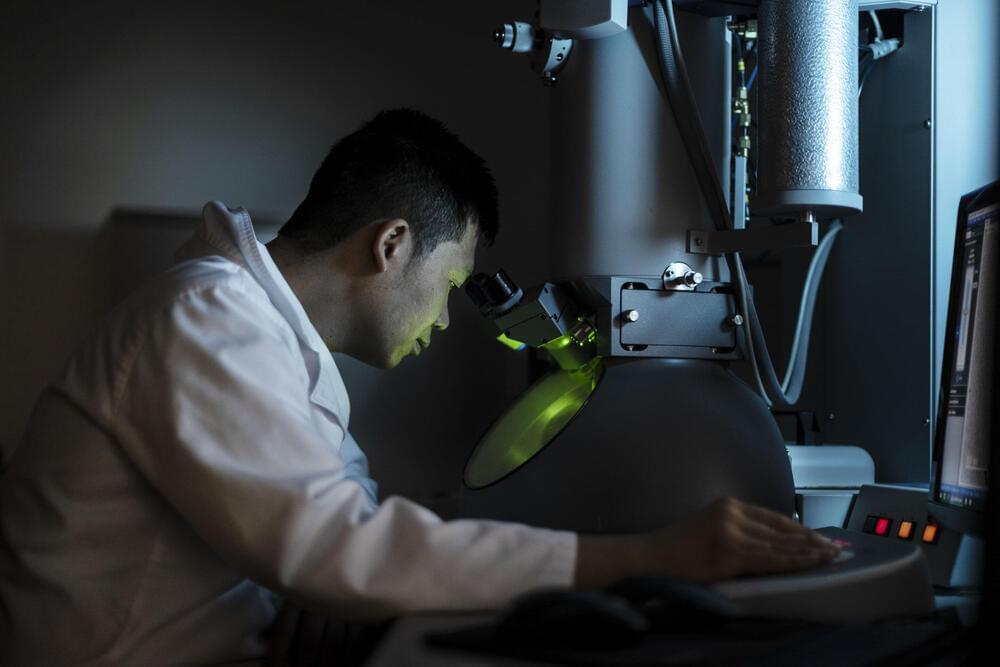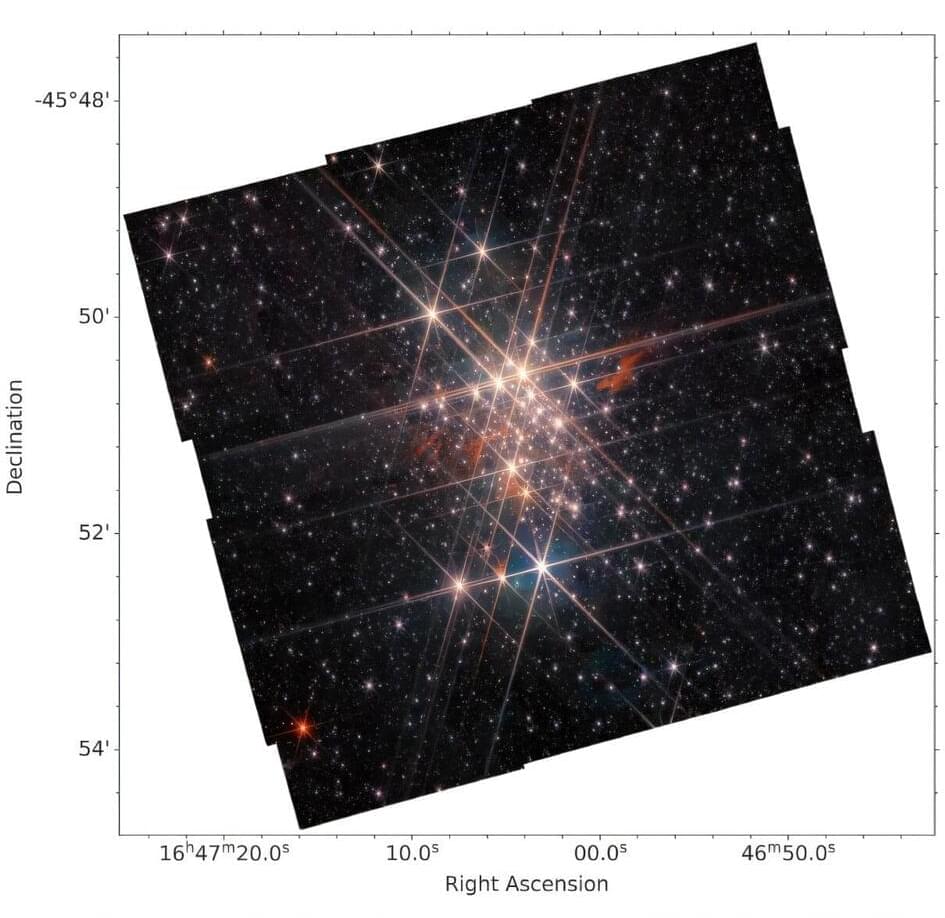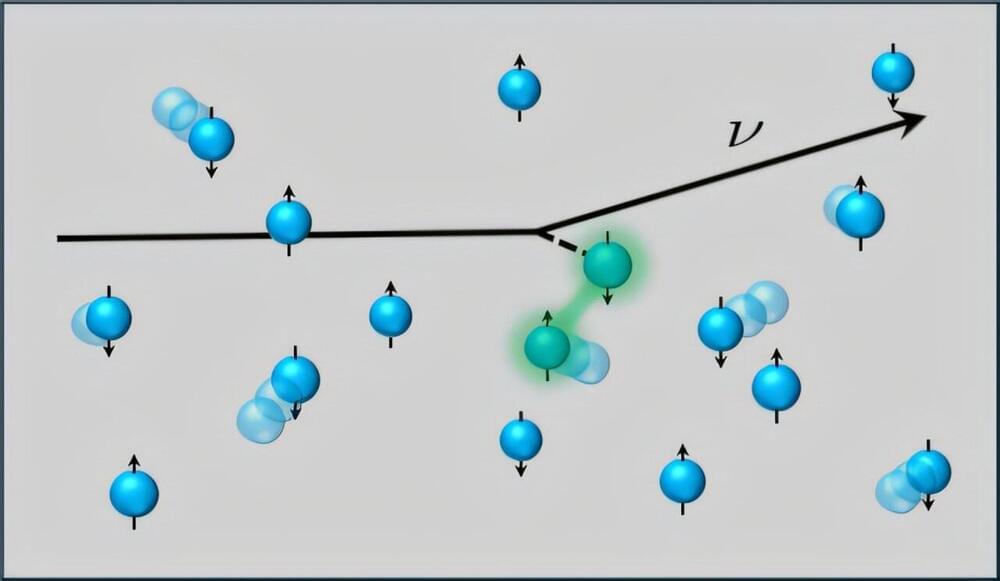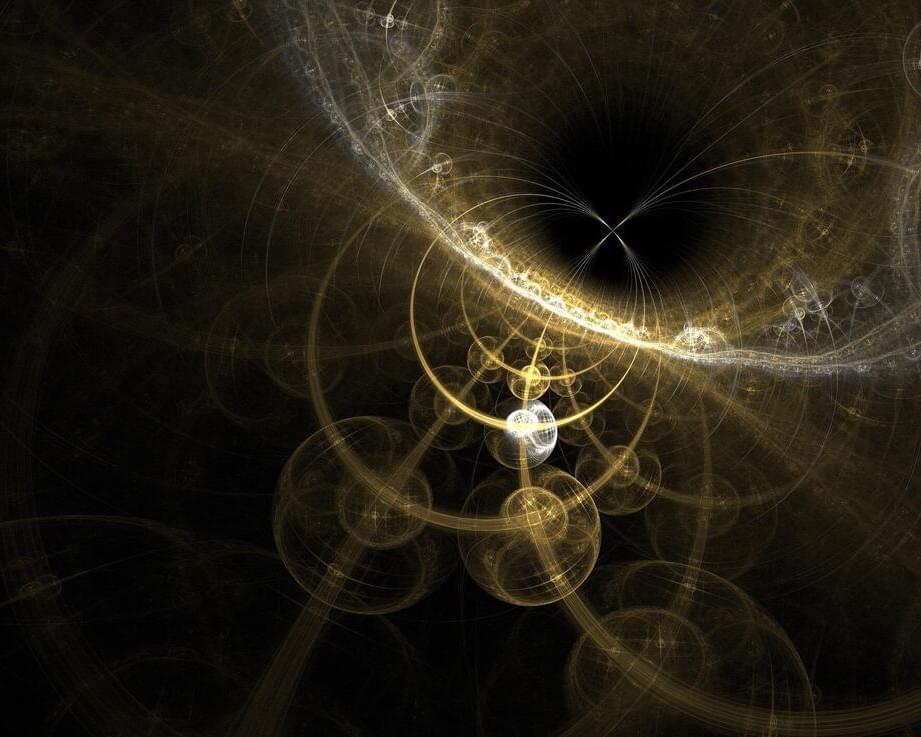The Quickest Route To Healthy
Linda Jiang is Head of Strategy and Government Partnerships, Healthcare, at Lyft (https://www.lyft.com/healthcare), where she’s responsible for accelerating the growth of the business, driving public sector strategy, and partnering with policymakers and regulators to bring access to the rideshare service to millions of people who need it for healthcare access.
Previously, Linda was an early growth operator at healthcare startups, leading strategy for Modern Fertility and consumer marketing for Color Genomics.
Linda began her career as a management consultant at PwC, with clients including academic medical centers, top integrated healthcare systems, medical device companies, and big box retailers, and also had a role in corporate strategy at Twitter.
She holds a Master of Public Health (MPH) and a Bachelor of Science, Neuroscience and Behavioral Biology from Emory University.
